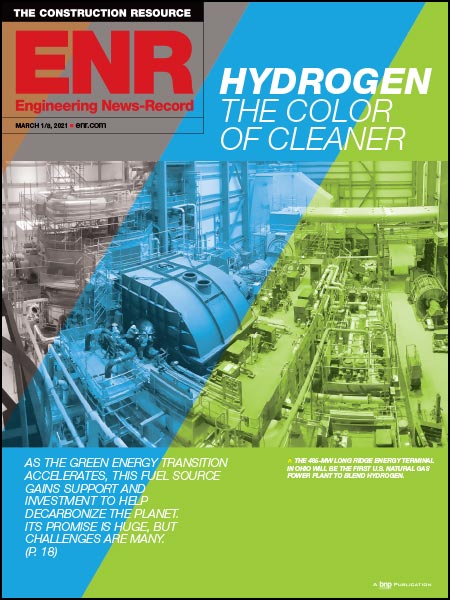A new, one-month extension for Federal Aviation Administration programs, including the agency's airport construction grants, has been signed into law.
President Obama signed the measure into law on July 2, one day before the previous stopgap was to expire. Final congressional approval came on June 30, when the Senate passed the measure. The House had cleared it one day earlier.
The new stopgap is the 14th extension since September 2007, when the last multi-year FAA bill was enacted.
The House and Senate have passed new multi-year FAA bills and lawmakers from the two chambers have been meeting to reconcile differences between their measures.
The lead House negotiator, Transportation and Infrastructure Committee Chairman James Oberstar (D-Minn.), said, "We are very close to resolving all differences with the Senate on the long-term FAA bill."
But he said that the new stopgap was needed because the two sides were to reach final agreement before current extension was to expire.
For construction, a key difference between the long-term Senate and House bills deals with passenger facility charges (PFCs), which help fund airport infrastructure projects.
The House bill would raise the PFC limit to $7, from $4.50 now. The Senate version would keep the PFC cap at $4.50, except at six to-be-selected airports, which would have no PFC limit.
Both bills agree on authorization levels for FAA Airport Improvement Program construction grants, providing $4 billion for fiscal 2010.


